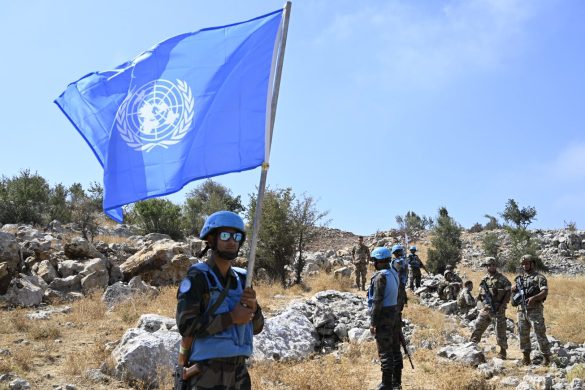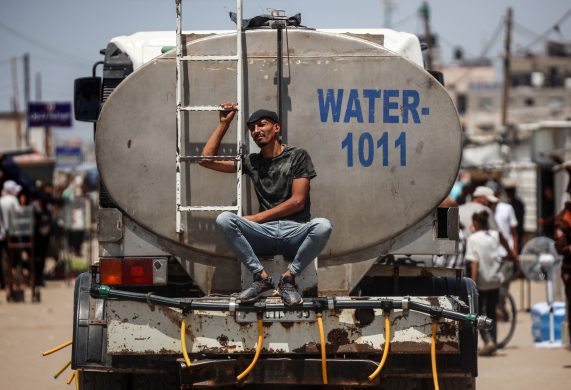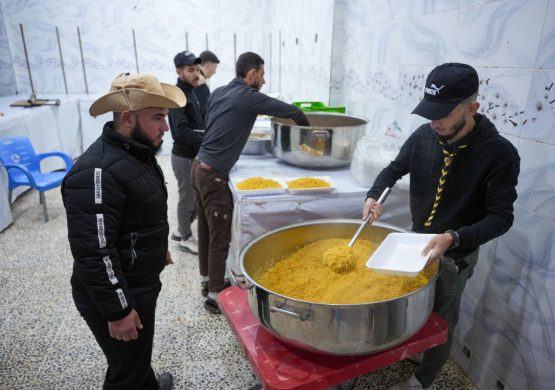Uro, vold og konflikt mellem oppositionen og styret rammer også syrernes dagligdag på de helt nære ting – såsom at kunne spise sig mæt, og det kan nemt blive værre, vurderer FN.
BEIRUT, 21 February 2012 (IRIN): Experts worry that Syrians will have increasing problems accessing food in the coming months, as prices rise, conflict disrupts supply lines, dwindling (svindende) finances strain subsidies and imports face challenges.
Nearly one year of unrest in Syria has made it difficult for aid workers to assess the exact food needs in the Arab country, but the little information that does exist suggests that the accessibility (tilgangen) and affordability (prisniveauet) of food are already shrinking, while the availability of food could also become a problem later this year.
“Life in Syria has become harsh,” an inhabitant of Sanhaya, a Damascus suburb, told IRIN, adding:
“Electricity is cut off up to six hours a day, sometimes more. Heating oil and fuel are very difficult to find,” he added.
A resident of central Damascus told IRIN bread has become difficult to find, especially in the evening. Milk, `labneh’ (a soft, spreadable, yogurt-like cheese), cheese and olive oil can also be hard to find, he said.
In its latest update on global food security published on 10 February, the UN World Food Programme (WFP) said 1,4 million people have become food insecure since March 2011.
At that time, a popular uprising against President Bashar al-Assad spurred a violent crackdown by government forces, which has killed at least 5.400 people, according to the UN Refugee Agency. Food insecurity is focused in “hotspots” like Homs, Hama, rural Damascus, Dera’a and Idlib, WFP said.
“The situation is too volatile and the information coming out of Syria too patchy for us to take a meaningful view of the impacts on food security at this stage,” Nicholas Jacobs, media officer for the UN special rapporteur on the right to food, told IRIN.
Similarly, WFP has been unable to do a comprehensive food security assessment, including finding out what, if anything, is lacking in the markets.
“The situation is very fragile now for asking questions,” said one aid worker who preferred anonymity.
The UN Food and Agriculture Organization (FAO) Global Information and Early Warning System (GIEWS) said in October that the prolonged unrest was causing disruptions in food distribution channels, leading to localized shortages in several markets.
The case of Homs
Læs videre på http://www.irinnews.org/report.aspx?reportid=94914














